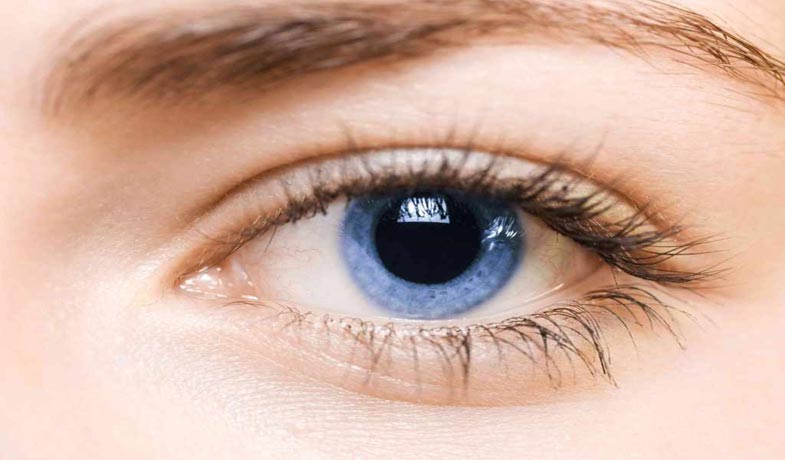They destroy the optic nerve. Glaucoma is a drainage disorder of the aqueous humor with a pathological increase in intraocular pressure. The causes can be different, as can the individual complaints, but what all forms have in common is that the optic nerve is permanently damaged by the excessive pressure in the eyeball. This can lead to blindness.
In most cases, the increase in intraocular pressure plays an important role as the cause. Outflow disorders of the aqueous humor in the so-called chamber angles lead to an imbalance between the continuous production in the ciliary body and the outflow. The fluid accumulates in the eye, the pressure increases. This increased intraocular pressure primarily damages the sensitive optic nerves. However, damaged nerve tissue can no longer pass on all the information to the brain and the visual field defects typical of glaucoma occur.
Overall, glaucoma can be assigned to four major groups. These include primary open-angle glaucoma, which is caused by obstruction of the aqueous humor outflow directly in the outflow area. Primary angle-closure or angle-closure glaucoma occurs due to congenital narrowing of the chamber angle. Primary congenital glaucoma occurs in newborns and young children, and secondary (acquired) glaucoma occurs as a consequence or complication of other eye diseases that impede the drainage of aqueous humor.
Open-angle glaucoma is the most common – the majority of all glaucoma patients suffer from this form of the disease. Significantly less common is angle-closure glaucoma, in which the intraocular pressure can rise massively. In addition to redness, this event causes severe pain – and this is atypical for glaucoma, which otherwise progresses very slowly and causes hardly any symptoms. With high intraocular pressure, however, colored rings or halos can appear around light sources due to what is known as epithelial edema.
There is also congenital glaucoma and so-called secondary glaucoma. Primary congenital glaucoma is characterized by photophobic, watery eyes and eyelid spasms in the affected children. If the eyes of babies are very large, there is an urgent suspicion and a specialist doctor should definitely be consulted. Secondary glaucoma can be asymptomatic or have all of the symptoms previously described, depending on the underlying condition.
For the diagnosis of glaucoma, the intraocular pressure measurement, the visual field examination and the assessment of the optic nerve by the ophthalmologist are particularly important. Most glaucoma patients can be helped with eye drops. For example, prostaglandins and alpha agonists can very effectively reduce intraocular pressure. Another class of substances are the carbonic anhydrase inhibitors. These can be used as drops or, in special cases, as tablets.
If drug treatment does not lead to stabilization of the intraocular pressure and damage to the optic nerve, surgical or laser surgery measures can be considered. A distinction must be made here between chronic open-angle glaucoma and narrow-angle glaucoma. In the case of angle-closure glaucoma, the acute glaucoma attack, the intraocular pressure is initially lowered, usually with medication. After that, an operation on the iris enables a pressure equalization between the rear and front chambers of the eye and prevents a new blockage of the aqueous humor outflow. An opening in the iris is created either by a laser (Yag laser iridotomy) from the outside or by an operative measure (surgical iridectomy).
Various procedures are used for chronic glaucoma, the aim of which is to reduce the intraocular pressure in the long term. A so-called filtering procedure (goniotrepanation) is often carried out. A small opening is punched into the sclera through which the eye fluid can seep under the conjunctiva. The operation can be performed under local anesthetic and sometimes on an outpatient basis. Medication is administered during and after the operation to prevent excessive scarring of the artificial opening. Laser processes are used less frequently. The most common is laser trabeculoplasty LTP. A laser is used to make small holes in the trabecular meshwork. This should improve the outflow of aqueous humor. Another procedure is retinocryocoagulation. This procedure is often used as the last treatment option for particularly severely diseased eyes with what is known as secondary glaucoma. It is also performed under local anesthesia. The production site of the eye fluid (ciliary body) is weakened by the effect of cold and the eye pressure is lowered by the reduced production of eye fluid.
Other topics related to health and medicine
